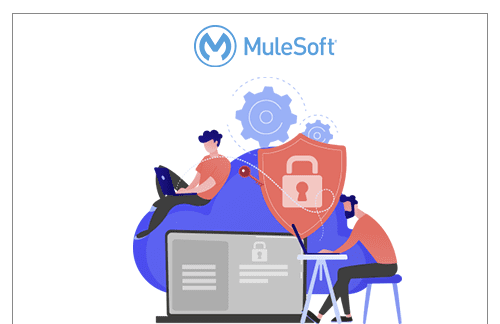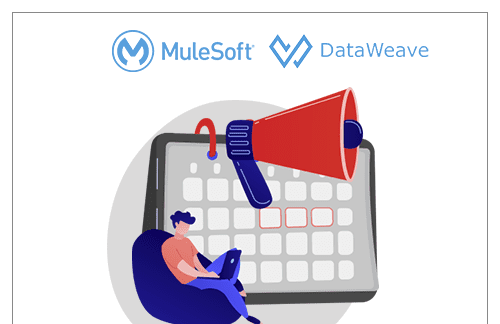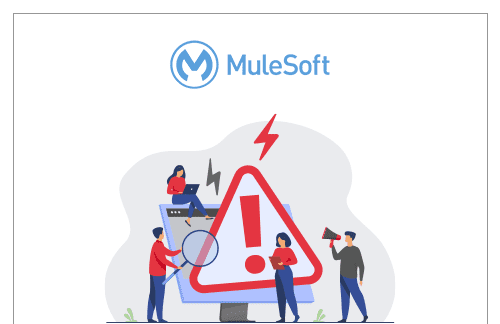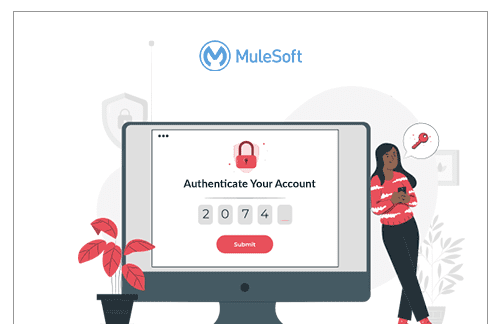Introduction: In this article, we will focus on the role of one-way and two-way TLS in API Integrations and their implementation in MuleSoft integration. Transport Layer Security, or TLS, is a widely adopted security protocol designed to facilitate privacy and data security for communications over the Internet. A primary use case of TLS is encrypting… Continue reading One-way and Two-way TLS and their implementation in MuleSoft
Category: MuleSoft Technical Guides
Guides for MuleSoft Developers.
Date formatting in DataWeave 2.0
We often encounter scenarios to convert dates from one format to another, and I find the date formatting a massive task in itself. Date conversion becomes essential in a state of affairs where there is a need to sync two databases/systems. It’s not an easy task since most databases/systems have their specific formats. Maybe the… Continue reading Date formatting in DataWeave 2.0
Error Handling in Mule 4
What is Error Handling and why do we need it? Error Handling is the mechanism wherein the errors are controlled, and some flow is executed when Error occurs in the Mule Flow. If there is no error handling written at any of the levels, the Mule Default Error Handler is used, which stops the Flow and logs the console’s exception. If there… Continue reading Error Handling in Mule 4
Basic Authentication in Mule 4
Basic Authentication is an authentication system built into the HTTP protocol. The request is sent with an Authorization header whose value is a Base64 encoded string of username and password combination. It is a primary authentication mechanism. If the Authentication fails, the server responds with a 401 (Unauthorized) status code. Process for Applying Basic Authentication… Continue reading Basic Authentication in Mule 4



